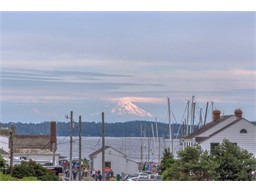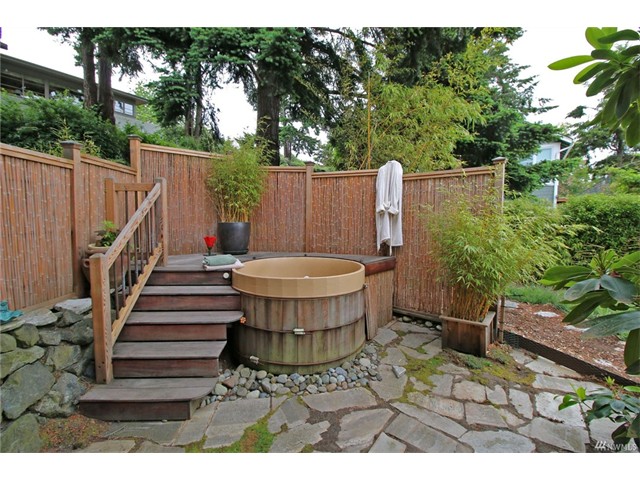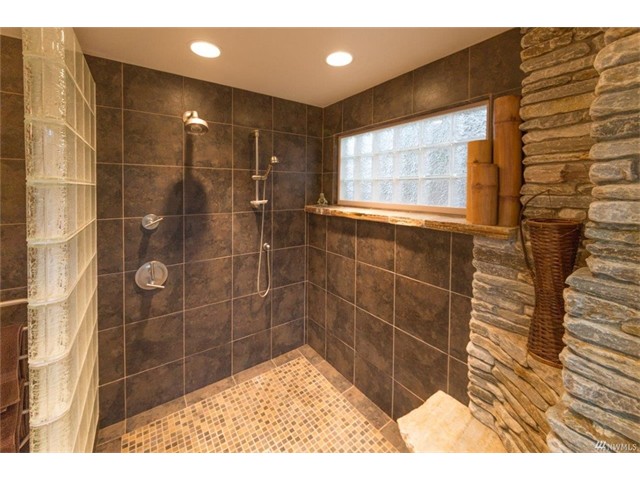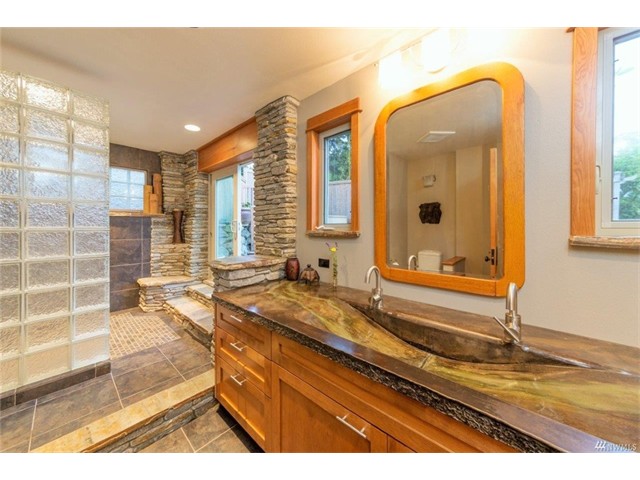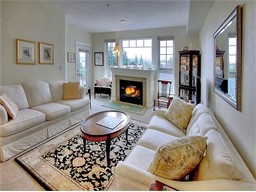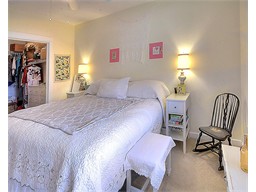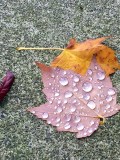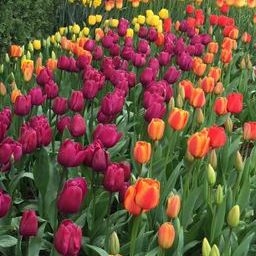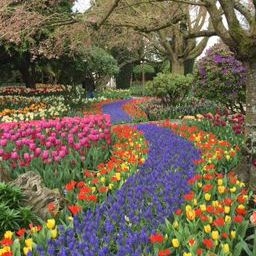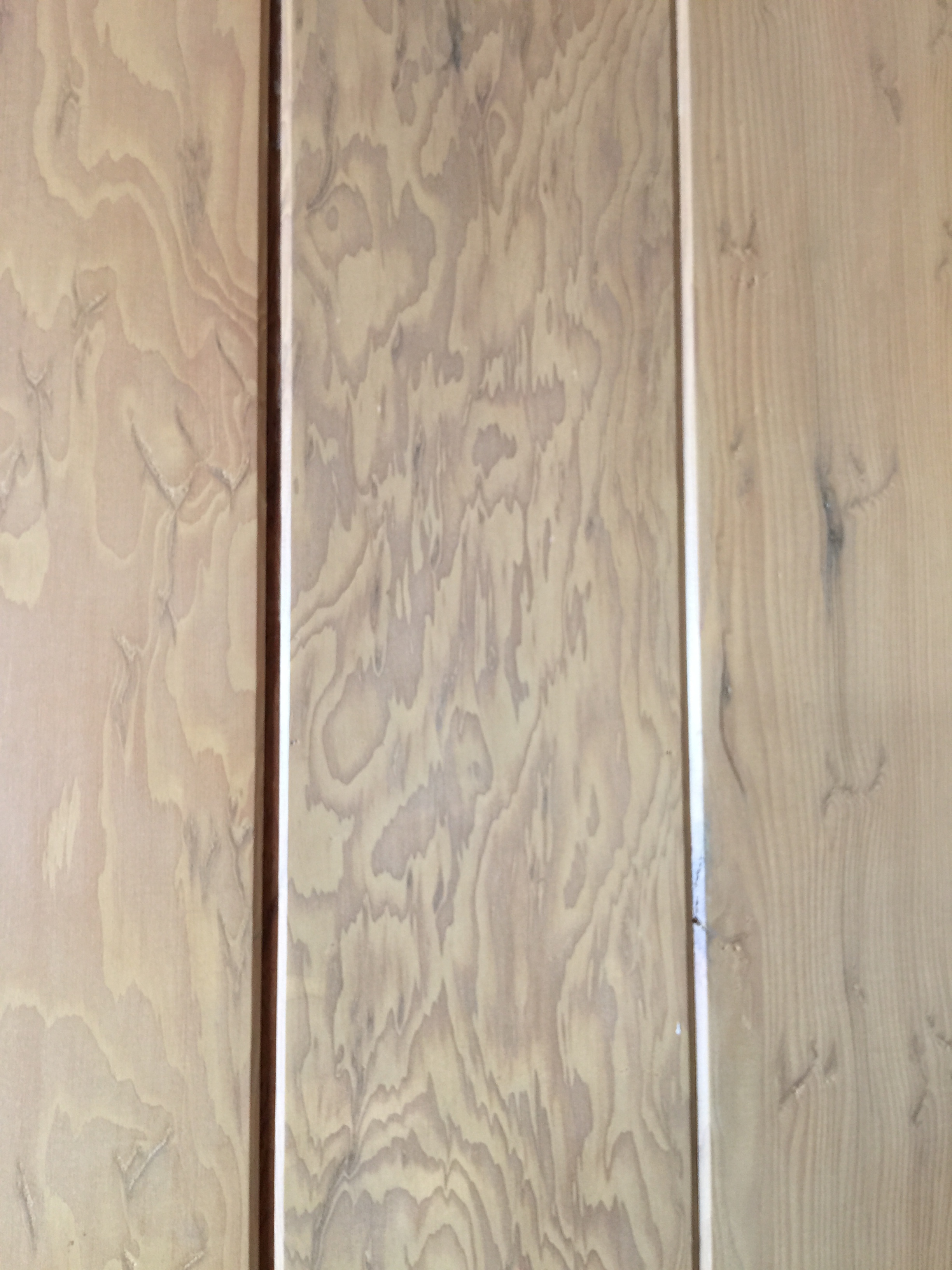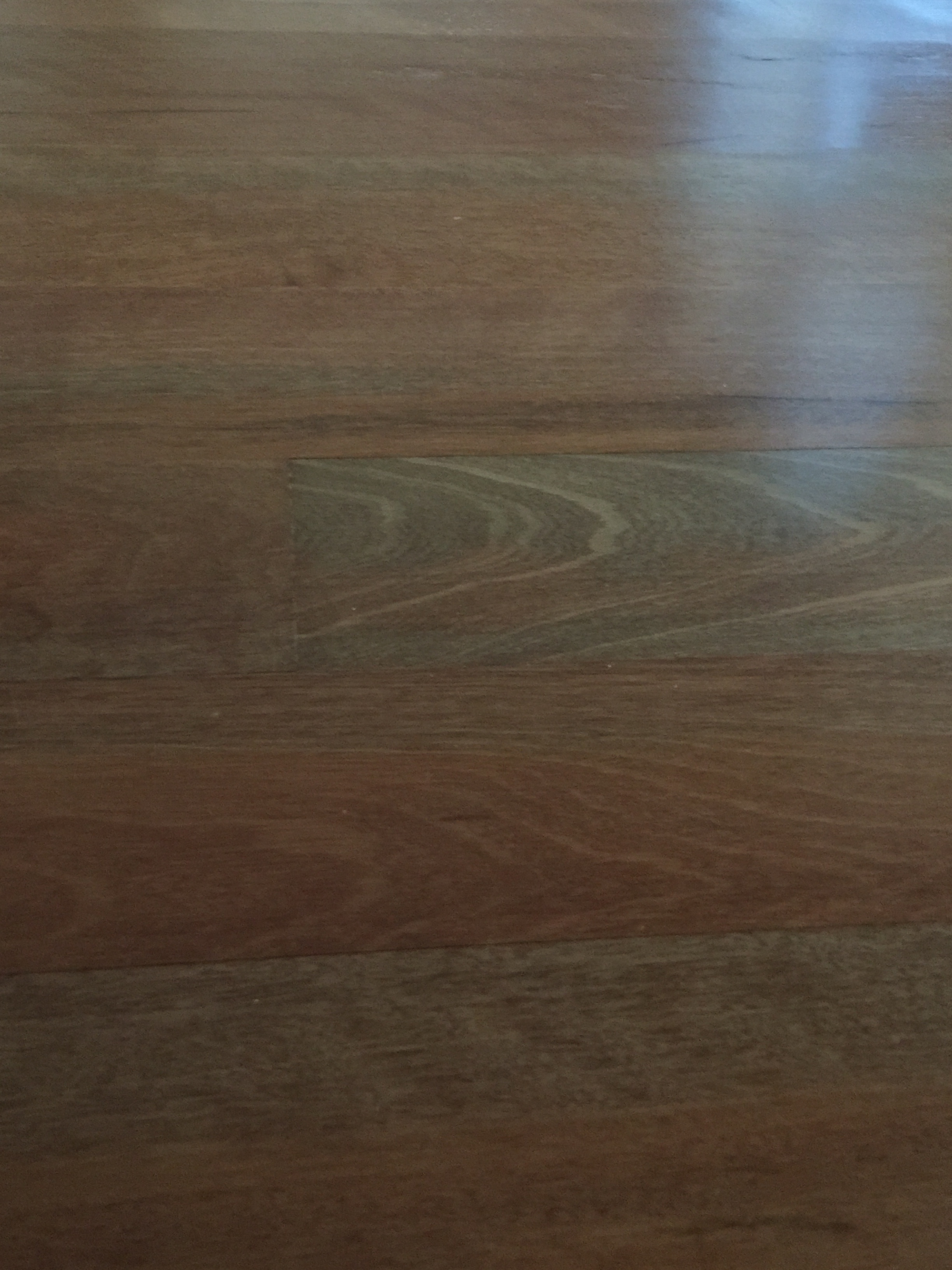What would it be like to live in a Victorian Seaport in the USA?

Many, many, many years ago, there was a safe harbor on the West Coast settled in 1851 and nicknamed the ‘City of Dreams,’ and then Port Townshend (today Port Townsend) by Captain George Vancouver. For thousands of years before this settlement, Indian Tribes were the sole inhabitants to include; Chemakum (or Chimacum), Hoh (a group of the Quileute), Klallam (or Clallam), Quinault and Twana (the Kilcid band – Anglicized: Quilcene).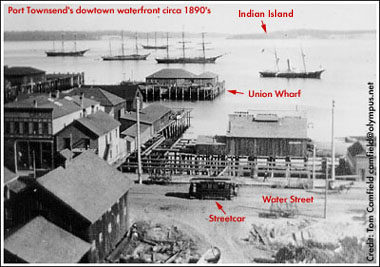
As history notes, new diseases brought to this land wrought havoc on the Native tribes killing an estimated 90% of the local tribal populations. With the initial nickname of City of Dreams, the vision was that Port Townshend would become the largest harbor on the West Coast. Although that piece of the vision never came to fruition, the opportunity to live on the coast where history runs rich, legends are alive and breathtaking views are a part of daily life, is right before you.
There is a magnificent custom home available in Lincoln Beach, Port Townsend, that boasts landscapes of the sea, the aroma of sweet seaweed and seasalt at your doorstep. This home born in 1979 is 2538 square feet of luxury and warmth. With 3 bedrooms, 3 bathrooms, there is much space to enjoy yourself or to share with others. The cedar hot tub just off of the master will allow you to enjoy the twinkle of the stars in the jet black sky’s making wishes and more dreams to come true.
The hand cut stone walls in the spa bath lead you to step out of your watery experience onto heated floors before fixing yourself a spicy beverage or hot cup of cocoa as you read your book or play Monopoly with your family. Exposed wood beams, a crackling fire and expansive harbor and mountain views will leave you breathless. This could be YOUR next home in a fine example of a Victorian Seaport right here in the USA. MLS#940226 5 Lincoln Beach Dr, Port Townsend 98367 amysteele@wre.com
Did you know about Mukilteo?
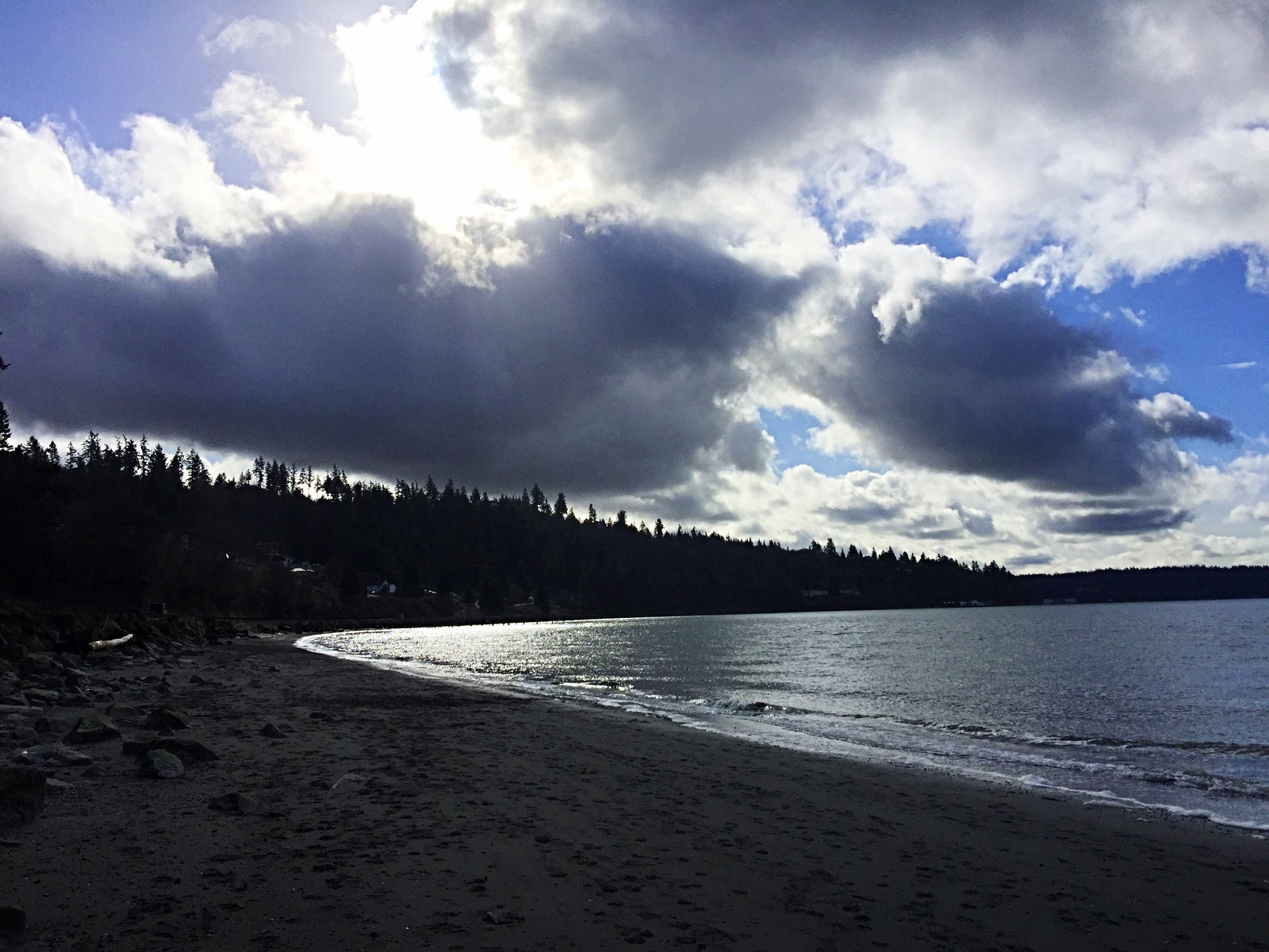 Nestled just 63 miles north of Tacoma, Washington is a sparkling city called Mukilteo. In the Snohomish dialect Muk-wil-teo means "narrow passage," a reference to the sand spit that formed the original Mukilteo landing. Mukilteo was officially incorporated on May 8, 1947, but the city has a historic role in the development of the Puget Sound. It was at Mukilteo that the Point Elliott Treaty was signed between Governor Isaac Stevens and the chiefs of 22 Puget Sound tribes on January 22, 1855. The treaty ceded land to the United States from Point Pully (now called Three Tree Point south of Seattle) to the British (Canadian) border in exchange for a variety of benefits, including land, education, health care and hunting and fishing rights. The treaty was signed before more than 2,500 Native Americans.
Nestled just 63 miles north of Tacoma, Washington is a sparkling city called Mukilteo. In the Snohomish dialect Muk-wil-teo means "narrow passage," a reference to the sand spit that formed the original Mukilteo landing. Mukilteo was officially incorporated on May 8, 1947, but the city has a historic role in the development of the Puget Sound. It was at Mukilteo that the Point Elliott Treaty was signed between Governor Isaac Stevens and the chiefs of 22 Puget Sound tribes on January 22, 1855. The treaty ceded land to the United States from Point Pully (now called Three Tree Point south of Seattle) to the British (Canadian) border in exchange for a variety of benefits, including land, education, health care and hunting and fishing rights. The treaty was signed before more than 2,500 Native Americans. 
Early on, Mukilteo served as a port of entry, a fishing village and trading post. In 1906, a lighthouse was built at its point and still stands today. The treaty signed in 1855, rests for viewing inside the lighthouse. Eventually an important ferry route was established from Mukilteo to Clinton on Whidbey Island. Mukilteo currently ranks 57th out of 614 Washington cities per capita income. There rest homes on high, medium and low bank waterfront gazing across the channel towards Whidbey Island and Olympic sunsets, golf course communities and keenly developed condominium communities. The city is also home to one of the most expensive high schools ever built in America, Kamiak High School.
In the heart of Mukilteo along the Harbour Pointe Golf Course is the First Green Condominium at 5600 Harbour Pointe Blvd. #2-201 MLS#898209, kristaosborne.withwre.com. This is a 1 bedroom, 1 bath quintessential home with a master suite, large walk-in closet, secured parking garage, granite counter tops in the kitchen and so much more. What a wonderful opportunity to live, play and work in this mixed use neighborhood in the beautiful city of Mukilteo.
Life~Death & Real Estate
There are so may different stages of life; Youth = Teens and Twenties, Mid-Span = Thirties and Forties, Fall = Fifties thru Seventies, and Sunset = Eighties thru Hundreds. The one common thread that runs the gamut is Real Estate. Whether you live in an apartment, a tent, a modest or luxury home, it will be on some plot of land = Real Estate.
At this Fall stage of my life, and in this industry, it seems I have had lots of exposure of late to families, caretakers and loved ones who are tending to those in their Sunset of life. For many, it is a painful time to watch those that have been immovable pillars, fixtures, since they were wee-ones, cycle backwards to babysoft skinned distant warriors riding off into their Sunset of life.
With this transition often comes; the tug-of-war of letting go of independence, at times, a move into assisted living, or, the inevitable–death. Homes must be sifted of contents which can be a joyous review of days-gone-by coupled with the struggle of what to keep as priceless mementos, what to donate and what to sell to new treasure caretakers. 
The sale of any home involves a plethora of paperwork and complexity bringing the house into, 'ready to sell,' condition, 'simplifying,' or 'decluttering,' just to get the house listed. And, when you add the dynamic of needing to liquidate this asset to support an elder in assisted living or to divvying up net proceeds amongst heirs, the stress level is even greater.
Real Estate Brokers should have the capacity to be sensitive to the current state and stressors of their clients. They should be a grounded resource for those balancing heavy emotional burdens while working to bring complex real estate processes and transactions to fruition. The saying, 'it's all business, not personal,' does not mean you can remove the face, the heart, the soul, and the tears from what is often a change of season for a generation within a family. Taking the time to truly work to understand the needs of your clients at a very specific snapshot in time within their life cycle, equates to being a Real Estate Professional. Clients are people too–much, much more than just a business transaction.
‘Tu-lip or not Tu-lip,- that is the question
Making a decision to relocate to or simply move to a new residence somewhere in the Pacific Northwest is one of the few and far between–YOU CAN NEVER GO WRONG- moves to make in life. As they say in this season of joy and change; you can NEVER get away from death and taxes yet 'I' believe additionally, you can NEVER go wrong by choosing to live in the Pacific Northwest.
Snug up against the western coastline in Washington State, the average annual rainfall runs anywhere between 19 to 84+ inches. May seem like a lot yet when you spread that out across the year with good chunks of that rain coming in pockets, it is similar to an increase in house taxes that end up getting spread throughout 12 months of payments—not as bad as it seems. As world climates continue to change, researchers note that the Pacific Northwest will likely be a little wetter and a lot more inviting (a climate change refuge of sorts) in light of the extreme conditions in so many other parts of the world and the United States.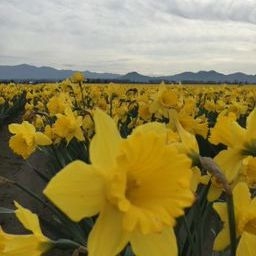
Having traveled across the globe myself, each country, each state, each nook and crannie hold their own form of beauty and wonder. Yet, after having all of those different and unique, amazing exposures, there truly is no where else on this earth I would rather live than amongst the beauty and wonder of the Pacific Northwest.
For many of us, with the shy of winter comes rebirth in Spring. Spring has come to the Pacific Northwest a couple of weeks early this year. One demarcation of Spring in our wonderland is the burst of Daffodils (Narcissus) and Tulips. If the squirrels have not found our stash of earth warmed, percolating treasures beneath the soil, the soft yet strong rocket shaped spires have now pushed through the dirt reaching towards the sky and sun. After reaching the proper altitude, these green rockets burst at their tips with fiery yellows, oranges, pinks, purples, ruffles, stripes and cheer.
We are quite fortunate to have the right balance of; mild winters, gradual increase in temperatures, marine air and fertile soil built over centuries of flooding and decomposition of the right minerals and nutrients, and, levels of precipitation to foster an ideal environment for tulips, daffodils and the like to thrive and flourish. One of the local spots that is on par with the world famous bulb paradise of Holland is our very own Skagit Valley. Both Holland and the Skagit Valley have remarkably similar annual rainfall, winter and summer high and low temperatures.
I am hopeful that one day, even if you only visit the Pacific Northwest, you have an opportunity to experience the bursts of Spring that are only the beginning of one of our magnificent seasons and keep with you the marvels of this place I call home. (see this amazing Drone Video of the tulip fields)
Grainology
When walking on or wondering about the wood beneath your feet, that which sheaths the walls or hanging on cabinets–color, texture, warmth and durability are all features to consider when selecting wood products for your home. 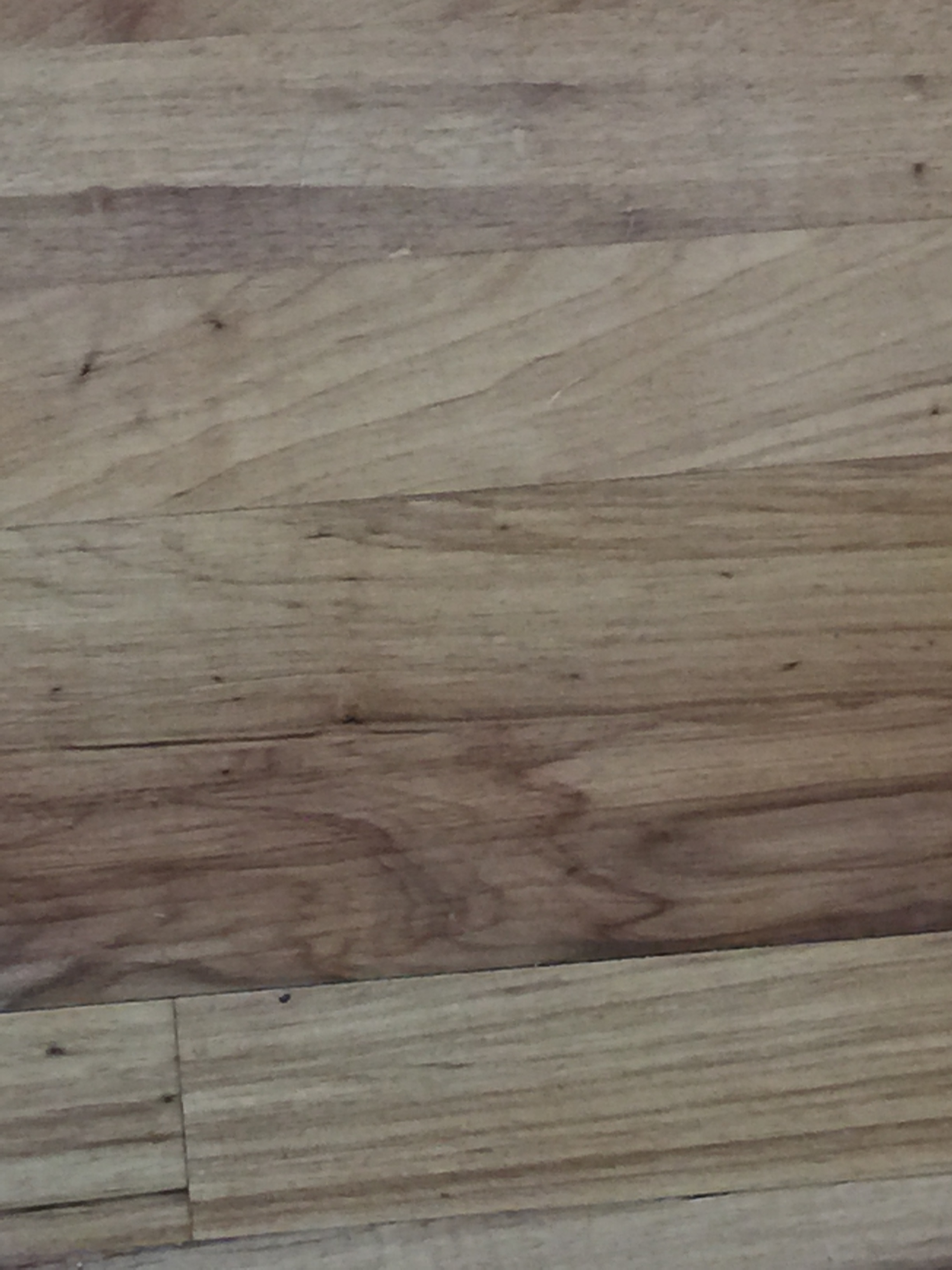
I was in a lovely house recently that had Hemlock on the walls and Hickory on the floor. Hemlock is not always a top choice for interior woodwork as the wood is full of knots and is considered a medium softwood. What I discovered in this particular application was that the Hemlock blanketing accent walls in this house gave the rooms warmth filled with soft, subtle, knotty character–simply beautiful. The floors made of Hickory are a species of deciduous hardwood found throughout North America. Again, a warm, durable and character filled platform.
The sustainable Northwest woods for construction, both interior and exterior, include products made from tees such as; Alder, Big Leaf Maple, Restoration Juniper, Pacific Madrone, Oregon Myrtle, Willamette Valley Walnut, Oregon White Oak, Douglas Fir, and Campground Blue Pine. The color palette within these native woods ranges from a dark chocolate to caramel to blonde vanilla.
Supporting tip toes and tangos in another home is a farmed wood out of Africa called Moabi. It is from the African Moabi Pearwood tree. Pinkish brown in color, delicate figured grain patterns dance before your eyes broadening the plethora of wood options for interior and exterior construction.
Making educated and responsible decisions about the type of wood, the application and whether or not the wood of choice is a renewable resource, are all part of the magic and mystery of selection and environment. Selecting woods from healthy, sustainable ecosystems fosters discussion for today's generation about the promising future of wood in our homes and in our forests.

 Facebook
Facebook
 Twitter
Twitter
 Pinterest
Pinterest
 Copy Link
Copy Link
